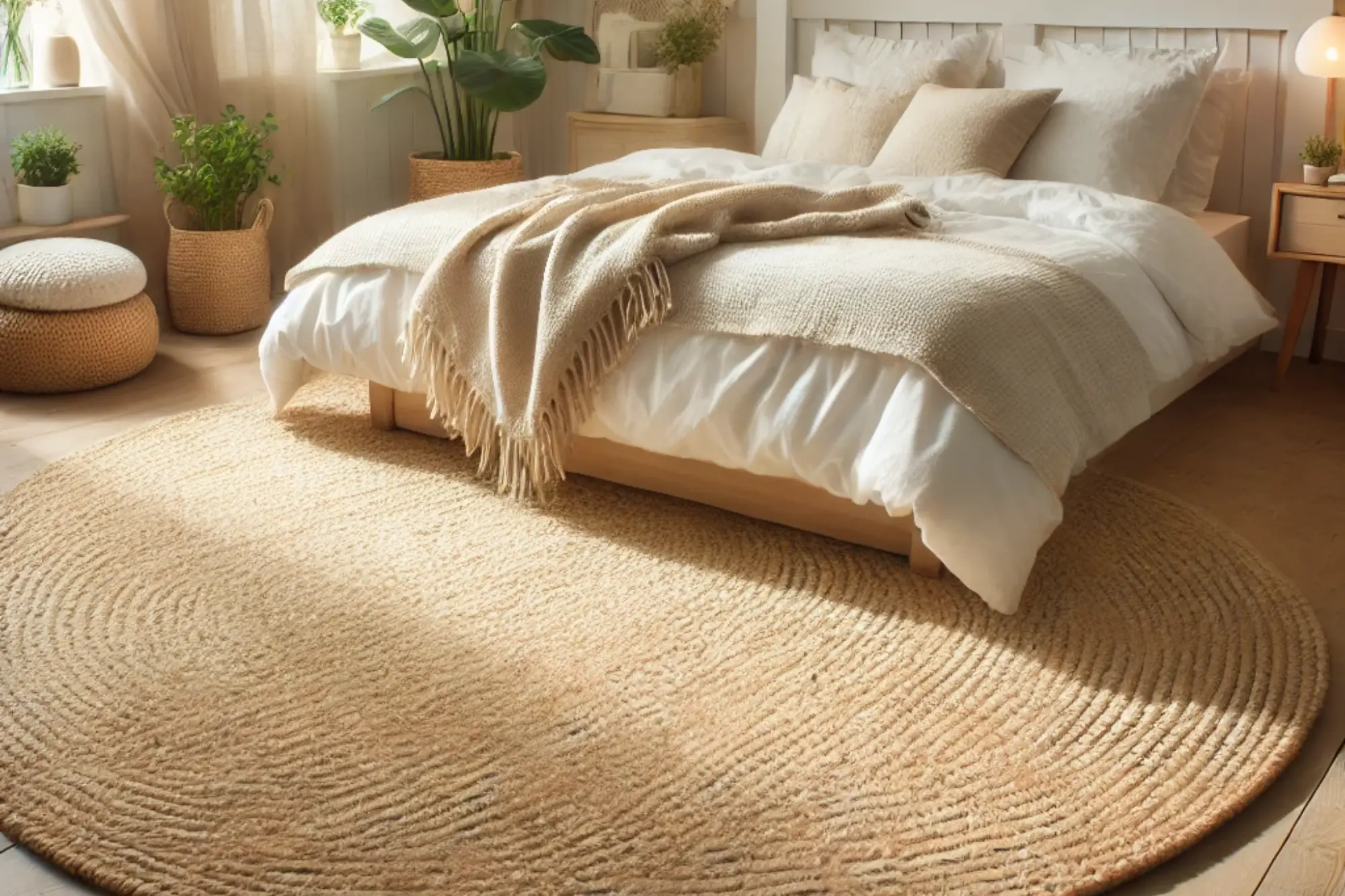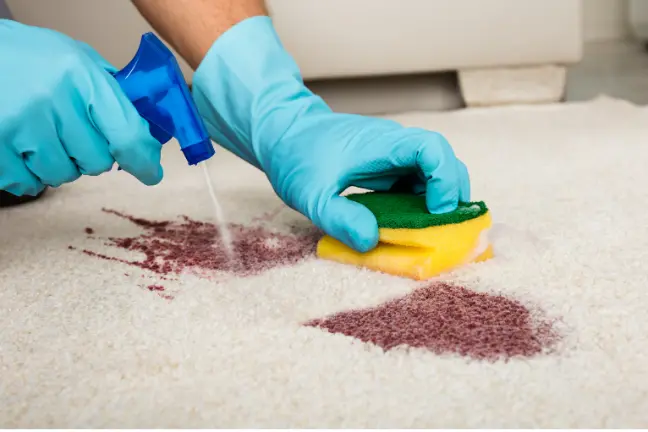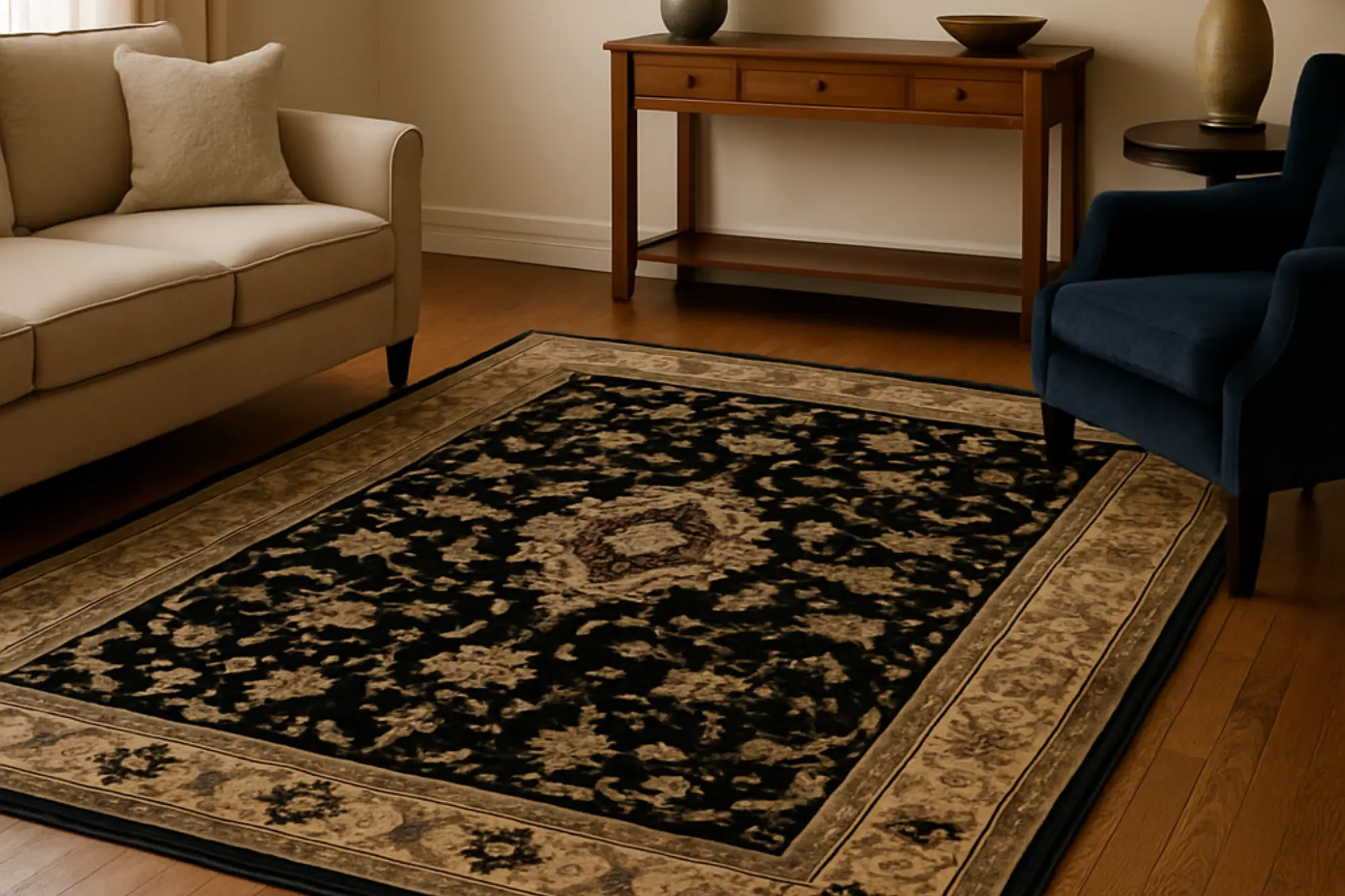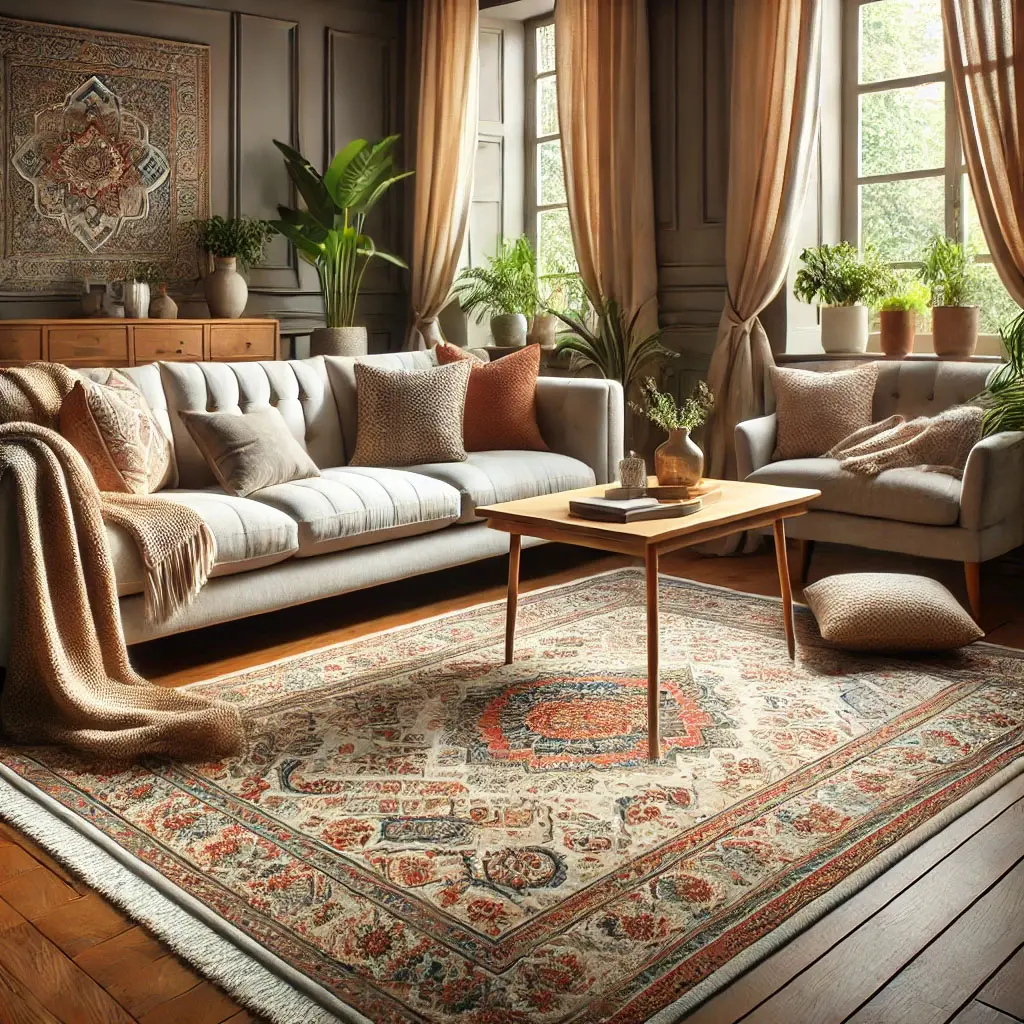How can you tell if a rug is antique?
Might know that; the older the rug, the more pricey it is!
It is mainly because the antique rugs are splendid, and they deliver their history to the space wherever they are placed. Indeed, these antique rugs are treasured possessions! Knowing how to identify the history of your rugs and how old they are cannot only let you know the exact value of your rugs but also help you know how to better take care of them.
Examine the following to tell if the Rug is Antique:
When evaluating an antique rug, size matters as rugs that are significantly larger or smaller than the common sizes of 3x5 or 8x11 are less likely to be genuine antiques. Antique rugs also show signs of wear and tear, known as "distressed," which can indicate authenticity but should be consistent with the rug's age.
Distinct regional styles, such as antique Persian Sarouk, Heriz, or Kazak rugs, should also be considered when evaluating an antique rug. The age of the rug, such as a 50-60-year-old Persian rug, is a key factor in determining authenticity, along with color correction, which should show signs of careful re-dyeing
Rug’s Weaving Technique
The material variety in the rug doesn't have as much variance in its weaving style.
A Rug's weaving technique can signify the rug's origin, place, and tradition. As knotting styles have evolved a lot in these years, you can also check the age of the rug from its weaving pattern.
Some of the antique weaving techniques are mentioned as follows:
Hand-Knotted Rugs
In earlier times, the rugs were hand-knotted. Artists used to employ various hand-knotting techniques like knotting silk or wool fibers on a rug loom around a cotton weft. Basically, the pile height of these rugs depends on the length of the fibers.
These rugs are found in both closed as well as open-back styles. Therefore, when you examine the bottom of hand-knotted antique tribal rugs , you will find the knots or they might be covered with some fabric.
Flat-weave Rugs
The rugs without any piles are called Flat-woven rugs . The absence of piles means that these rugs have rougher surfaces in comparison to other rugs like Khurjin rugs.
In the Asian subcontinent, they are also known as Dhurries or Kilims. The Flat-weave rugs are formed by stretching the rug fabric mainly wool or cotton to create a 'weft' on a loom. In these wefts, numerous fibers are slowly interwoven to form the ‘wrap.’
Braided Rugs
Braided Rugs are mostly used for simple and subtle designing in contemporary décor. These antique rugs in Los Angeles are a big part of the American folk tradition. Basically, in order to create a flat floor covering with these rugs, braids of wool fabric are intertwined in Braided rugs .
Antique hook rugs
The rugs made by hooking the wool fabric fibers through the backing of a rug are called Ancient hook rugs. These Hooked Rugs are classic rugs of the 1840s.
By focusing on the pile of a Rug, you can easily differentiate the hooked rugs from the hand-knotted rugs.
Rug's Fringe
A fringe type can also tell about the age and type of a rug. As the fringe of the antique Persian sarouk rug is formed during the weaving process of the rug. Therefore it looks like a part of the rug body instead of a separate section stitched together with it. That's how you can tell the rug is at least 50-60 years old, an antique Persian rug.
The same isn't the case with factory-made rugs in which the fringe is created separately from the body. In the end, the fringe is sewn together with the rug when the whole manufacturing process is completed.
This difference is quite visible to the naked eye, and anyone can tell the rug isn’t genuine from whether or not the fringe is sewn to the rug.
Material of the Rug
A rug made of any synthetic fabric like polyester, nylon, and acrylic can never be an ancient rug.
Usually, older rugs were made of materials like cotton, silk, and wool. These three textile materials were the most common, with weavers using wool the most.
These handmade-antique Turkish rugs are flame-retardant, hypoallergenic, and antibacterial. They look good for several decades, even after the outer extremes.
Wear and Damage
The skilled weaver can repair the rugs and make them as good as new. The same is true even in the case of rugs that are damaged to a degree that seems to be beyond repair.
Looking at these fixed rugs; one cannot predict the former damage. However, the back of the rug can give all the answers. The proof of restoration is pretty obvious from the back of the rug. Although, if the carpet shows no sign of oxidation, wear, or restoration; that's something you should worry about!
Hand-knotted or Machine-made
A handmade rug always has some imperfections that can be visible from the front as well as the back of a rug. These imperfections don't affect the quality of the rug in any way, instead do the exact opposite.
Although, machine-made rugs are perfect without any defects. You can spot the consistent pattern without any fault in the front and back of the rug. Another sign that a rug is a machine-made rug is that the rug has a mesh covering on the back side of the rug.
Fading in Rug Colors and Carpet Dyes
Prior to 1863, the weavers used natural dyes made from plant and animal material to make Rugs. These dyes are quite gentler and softer than chemical dyes. Organic dyes never transfer to other materials and fade naturally.
By natural fading, we meant the fading process that occurs due to factors like aging, sunlight, or exposure to harmful chemicals. These characteristics distinguish ancient and semi-antique rugs from industrially produced rugs.
However, nowadays manufacturers use bleaching techniques to give a similar shade to their carpets as to the antique rugs in NYC.
How to identify antique Persian rugs?
Persian rugs are the most valuable and historic rugs in the market. If someone wants to know if their rug is an authentic antique Persian rug, the key is the back of the rug. Firstly, you can check the imperfection on the underside of the rug, which can tell if the rug is a hand-knotted Persian rug or machine-made.
When evaluating an antique rug, there are several factors to consider including color correction, size, and style. For example, a 3x5 antique rug may have had some color correction over time, but this does not necessarily detract from its value.
Antique Oushak rugs, which can measure up to 8x11 in size, are known for their intricate designs and warm color palettes. Similarly, an antique Heriz rug can be a stunning addition to any room with its bold geometric patterns.
Another popular style is the antique Kazak rug, which can range in size from 7x11 to even larger. It's important to note that some antique rugs, such as a distressed antique rug measuring 10x13, may have signs of wear and tear but this only adds to their unique character.
Finally, a 10x12 antique rug or a 50-60 year old antique Persian rug are sure to be conversation starters and make a beautiful addition to any home.
After this, you should check the type and texture of the rug's backing. The pattern of the underside of the rug always matches the top of the rug.
Other than this, there is no extra backing, therefore the Persian rugs are quite soft from underneath. However, the machine-made rug has a plastic or other synthetic material backing to support it. This gives an unappealing look to the rug and can also cause toxic and allergic reactions.
How to tell if a rug is of good quality?
Once assured that the rug is handmade, naturally dyed and the material is also better, Line count guarantees the rug is antique and of good quality.
Line count means the number of knots present in a rug per square inch of an area. The more the number of knots, the better its quality! A decent-quality Rug has about 200 to 400 knots. However, the best quality ones also have more than 6000 knots per square inch of area.
Antique Heriz carpets from northwest Persia are highly sought after by rug owners and collectors. One way to tell if a rug is antique is to look for signs of vegetable dye in the primary colors. If the rug is in good condition, with no pet stains or signs of area rug color correction, it is likely to be a genuine antique piece.
American Sarouk rugs are also highly valued, especially if they were made for the American market. For those looking to purchase an antique oriental rug, a reputable dealer should offer complimentary pickup and delivery, as well as a certificate of authenticity to verify the rug's age and origin
Antique rugs are a unique and valuable addition to any home decor. One way to determine if a rug is antique is by its size. For example, a 3x5 rug or an 8x11 oushak rug can often be considered antique, especially if it has a vintage look and feel. Another type of antique rug is the Kazak rug, which often comes in a 7x11 size.
Some antique rugs may have a distressed appearance, like a 10x13 rug, adding to their character and history. A 10x12 rug can also be considered antique if it was made 50 to 60 years ago, like a Persian rug. When searching for antique rugs, it's important to consider not only the size, but also the craftsmanship, materials, and design to determine their true authenticity
Explore more trending collections!
Share:




